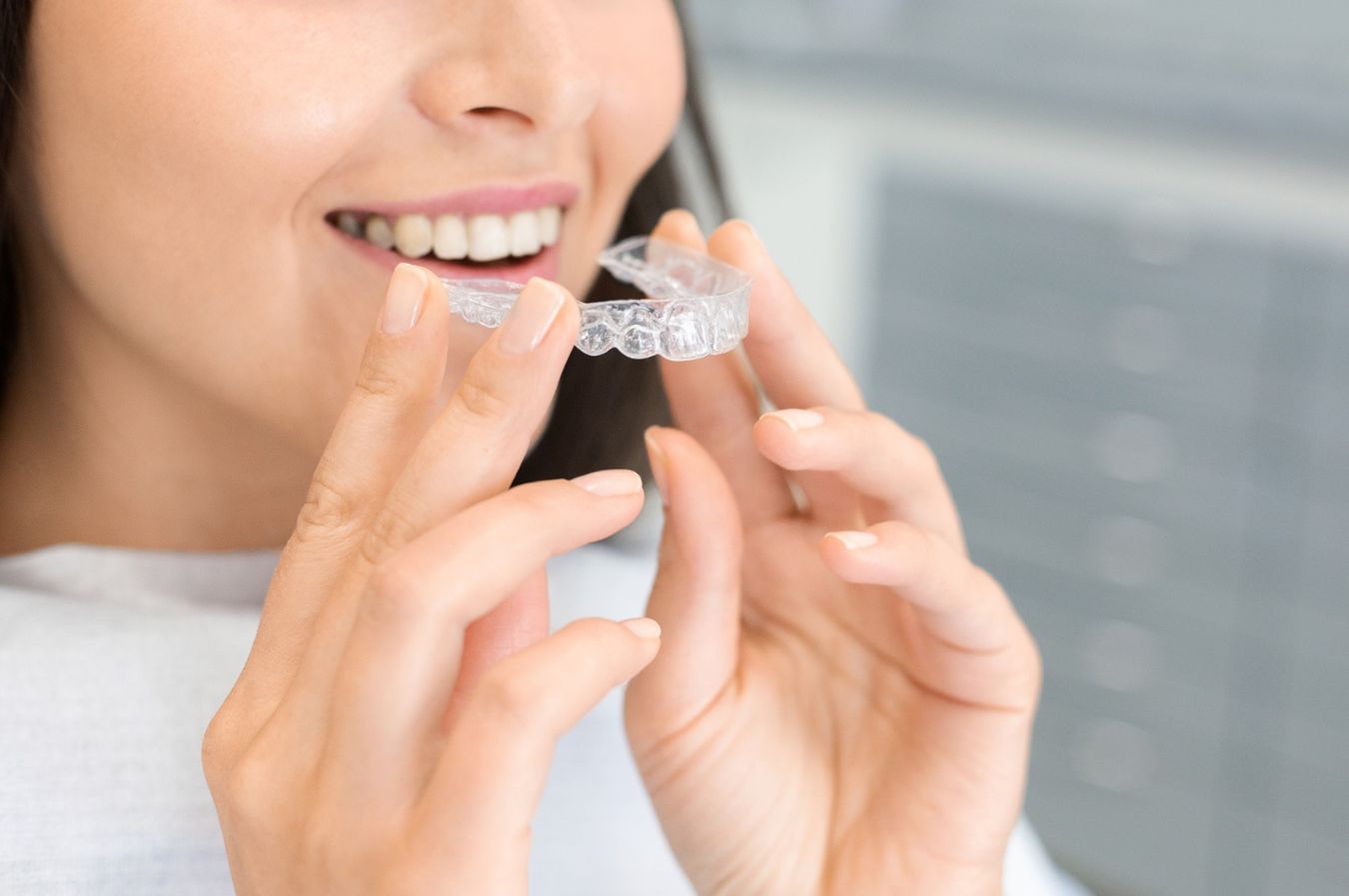When it comes to straightening your teeth or improving your bite, two of the most popular options are Invisalign and braces. Both methods are effective and widely used in orthodontic care, but they differ in how they work, how they look, and how they fit into your lifestyle.
Whether you’re a teen in Marietta or a busy adult in Atlanta, choosing between Invisalign and braces can feel like a big decision. This guide breaks down everything you need to know—so you can feel confident taking the next step toward a healthier smile.
Understanding How They Work
Braces are the traditional option and have been used for decades to correct a wide range of orthodontic issues. They involve metal or ceramic brackets that are bonded to the teeth and connected by wires. Over time, adjustments tighten the wire to shift teeth gradually into alignment.
Invisalign, on the other hand, uses a series of clear, custom-made plastic aligners that fit snugly over the teeth. These aligners are switched out every 1–2 weeks to progressively move the teeth into the desired position.
Both options apply controlled force to reposition teeth—but in very different ways.
Appearance and Discretion
One of the biggest factors for many patients is appearance.
- Braces — Metal braces are visible, though ceramic (tooth-colored) brackets are a less noticeable alternative. Colored rubber bands allow for personalization, which many kids and teens enjoy.
- Invisalign — Clear aligners are nearly invisible when worn, making them a top choice for adults and teens who prefer a subtle treatment option.
If maintaining a low-profile appearance during treatment is a priority, Invisalign tends to be the preferred route.
Comfort and Maintenance
Comfort:
In general, Invisalign aligners are smoother and less likely to irritate the cheeks or lips. Braces can sometimes cause soreness, especially after adjustments, and brackets may rub against the soft tissue in the mouth.
Cleaning and Care:
- Braces require careful brushing and flossing around the brackets and wires. Special tools like floss threaders or interdental brushes can help.
- Invisalign aligners are removable, so patients can brush and floss normally. Aligners themselves should be cleaned daily with lukewarm water and a soft brush.
If oral hygiene is a concern or you prefer ease of care, Invisalign may be more manageable.
Dietary Considerations
Braces come with food restrictions. Sticky, hard, or chewy foods (like popcorn, gum, and caramel) can damage wires or dislodge brackets.
Invisalign doesn’t come with these limitations because aligners are removed when eating. You can enjoy your usual meals and snacks—as long as you brush before putting the aligners back in.
For patients who value dietary freedom, Invisalign provides more flexibility.
Treatment Time and Effectiveness
Treatment times can vary based on the complexity of the case, but both options are highly effective.
- Braces are extremely versatile and effective for treating a wide range of dental issues—including more complex cases such as severe crowding, bite misalignment, and rotated teeth.
- Invisalign is best suited for mild to moderate cases but has evolved significantly. It can now treat many of the same conditions once only manageable with braces.
In general, treatment with braces may be slightly quicker for complex cases. Invisalign offers comparable results when worn consistently for the recommended 20–22 hours per day.
Cost Considerations in Atlanta
The cost of orthodontic treatment in Atlanta depends on the severity of your case, the type of appliance, and your individual treatment plan.
- Braces — Typically range from $3,500 to $6,500, depending on the materials used (metal vs. ceramic) and treatment length.
- Invisalign — Usually ranges between $4,000 and $7,500. The cost is influenced by the number of aligners needed, treatment refinements, and monitoring.
Insurance often covers a portion of both treatments, and many practices offer flexible financing to make care more affordable.
Lifestyle Fit and Compliance
Braces require minimal day-to-day responsibility beyond maintaining good hygiene and attending regular appointments. However, they are fixed in place—so you can’t remove them for meals or events.
Invisalign relies on the patient’s commitment to wearing aligners for 20–22 hours per day. Aligners that aren’t worn as directed can delay progress or affect results.
If you’re confident in your ability (or your teen’s ability) to stay consistent with wear time, Invisalign is an excellent option. Otherwise, braces may offer a more hands-off approach.
Which Option Is Right for You?
Choosing between braces and Invisalign depends on several factors, including:
- Your orthodontic needs
- Your lifestyle and age
- Your budget and insurance coverage
- Your preference for appearance and comfort
Both options deliver lasting results when guided by an experienced orthodontist. If you’re unsure which treatment suits you best, a consultation can help you evaluate your options and determine the right fit for your smile.
Considering Orthodontic Care in Atlanta or Marietta?
When you’re ready to explore braces or Invisalign, working with a provider who understands your goals is key. At Wright Orthodontics, we’re proud to offer both options with personalized treatment plans, advanced technology, and supportive care that fits your lifestyle.
Our Atlanta and Marietta teams are here to help you make the Wright choice—whether you’re a teen starting treatment or an adult ready for a smile refresh. Schedule your complimentary consultation today to learn more about which option is right for you.

